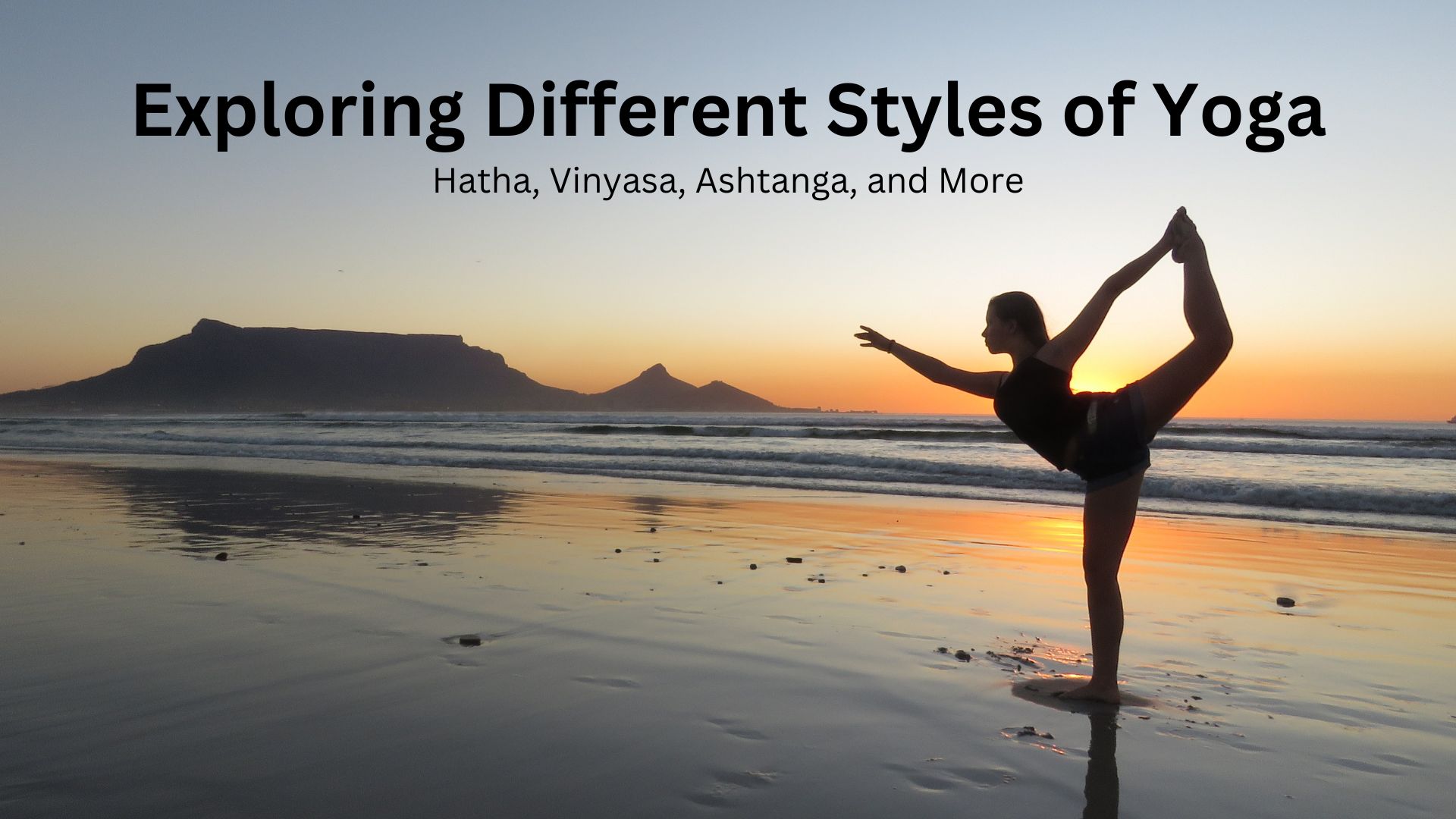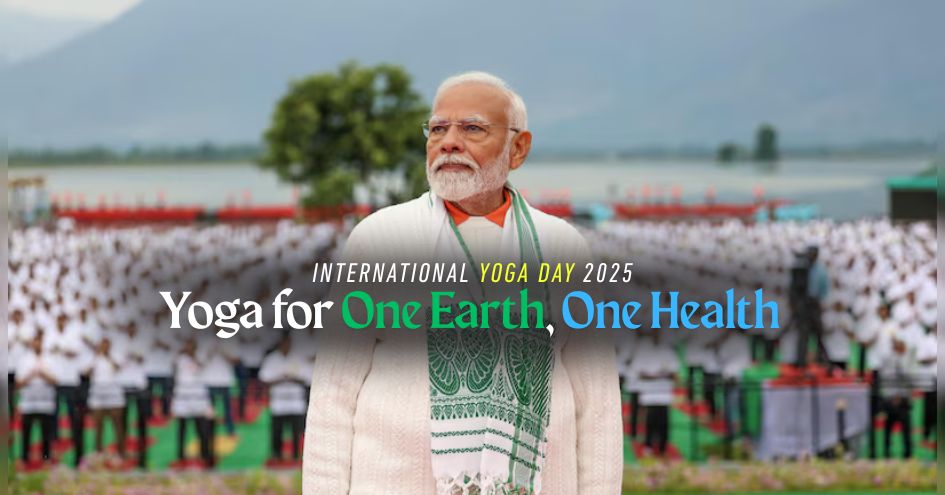
Introduction:
Yoga, a centuries-old practice originating from ancient India, has evolved into a diverse tapestry of styles, each offering unique benefits for the mind, body, and spirit. In this exploration, we delve into some of the most popular yoga styles, shedding light on the distinctive characteristics and advantages of Hatha, Vinyasa, Ashtanga, and more.
Hatha Yoga: The Foundation of All Styles
Hatha, the foundational style of yoga, focuses on balancing the body and mind through a series of physical postures (asanas), breath control (pranayama), and meditation. Hatha classes are often slower-paced, making them accessible to beginners and suitable for practitioners of all levels.
Vinyasa Yoga: Flowing with Breath and Movement
Vinyasa, characterized by the seamless flow between poses and breath, emphasizes the synchronicity of movement and breath. This dynamic style builds strength, flexibility, and cardiovascular endurance. Vinyasa classes often vary in intensity, making them adaptable for practitioners with different fitness levels.
Ashtanga Yoga: The Eight-Limbed Path to Discipline
Ashtanga, a rigorous and disciplined practice, follows a set sequence of postures, linked by breath, designed to purify the body and mind. This style is physically demanding and promotes strength, endurance, and a meditative state. Ashtanga is well-suited for those seeking a structured and challenging practice.
Bikram Yoga: Heat and Precision
Bikram, also known as hot yoga, is practiced in a room heated to around 105°F (40.6°C) with a specific sequence of 26 postures. The heat aids in detoxification and increases flexibility. While the intensity may be challenging, the set sequence allows for a consistent experience across different studios.
Kundalini Yoga: Awakening the Energy Within
Kundalini yoga focuses on awakening the dormant energy at the base of the spine, known as Kundalini. This style incorporates dynamic movements, breathwork, and chanting to stimulate spiritual growth and awareness. Kundalini is often associated with a profound transformative experience.
Iyengar Yoga: Precision and Alignment
Iyengar places a strong emphasis on precision and alignment in each pose. Props such as blocks, straps, and bolsters are often used to help practitioners achieve proper alignment. This style is suitable for all levels and is particularly beneficial for those recovering from injuries.
Conclusion:
As the popularity of yoga continues to grow, so does the diversity of yoga styles, each offering a unique pathway to physical and mental well-being. Whether you prefer the meditative pace of Hatha, the flowing sequences of Vinyasa, the discipline of Ashtanga, or the transformative energy of Kundalini, there is a yoga style that can cater to your preferences and goals. The key lies in exploring these styles, finding the one that resonates with you, and embarking on a journey of self-discovery and holistic health through the practice of yoga.
NEXT ARTICLE

Earlier this year in March, Prime Minister Narendra Modi formally declared "Yoga for One Earth, One Health" as the theme for International Yoga Day 20...